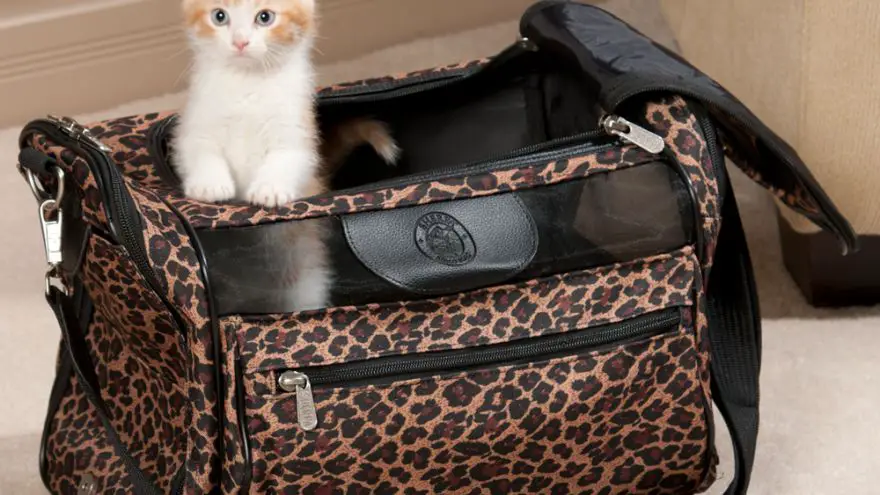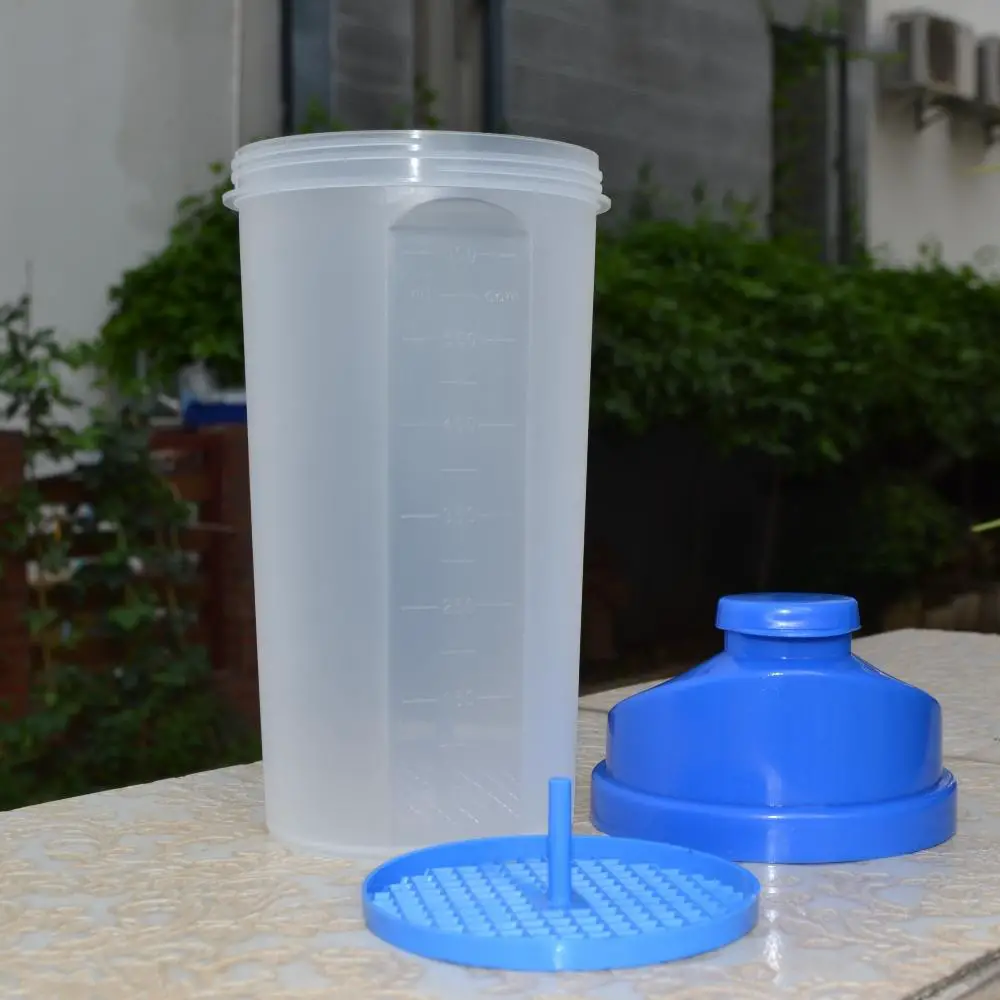Traveling with Cats: Everything You Need to Know
 Traveling with Cats: Everything You Need to Know
thegearhunt.com
Traveling with Cats: Everything You Need to Know
thegearhunt.com
So, you are either moving or going on a trip and you want to take your cat along with you. If the trip is only one way, you won’t have too many options; your feline friend will have to come with you. On the other hand, if you are just going on vacation, and will be coming back, it is recommended that you leave the animal at home and get someone to come to check on him, make sure he has food and water, and empty the litter box.
This is because cats are critters who don’t tend to travel too well. They can become very stressed. Cats prefer routine, they enjoy the safety and familiarity of their own home, and they are definitely not fans of change. If you don’t have anyone who is able to come check on the animal, maybe there is a professional pet sitter in your area who is bonded and licensed who you can pay to care for your feline.
If the animal has a medical condition of some sort and requires treatments on a daily basis, you might be able to leave him at the vet’s office until you return. Often, vet’s offices will have students or assistants who work there and will be comfortable giving the treatments and could use a bit of additional green. However, if they aren’t bonded, and something goes wrong, they won’t be legally culpable as opposed to someone who is. If you decide to go this way, always get and check references.
 Lastly, there might be a kennel or some other place in the area where you might board your critter. Just make sure they take cats as some of them are just for dogs. Also, if you choose to do this, always ask for a tour of the area where they will be boarded to give you a bit of peace of mind.
Lastly, there might be a kennel or some other place in the area where you might board your critter. Just make sure they take cats as some of them are just for dogs. Also, if you choose to do this, always ask for a tour of the area where they will be boarded to give you a bit of peace of mind.
However, if you determine that there is no way that you can possibly travel without the cat, either due to your trip being an actual move, or because you just can’t bear to leave it, here are a few tips for traveling that will make the event one that is less stressful.
If You will be Traveling by Car
If this is how you will be traveling, you need to ensure that the animal is comfortable. They also need to be safe. You might consider putting the cat into a sturdy, large carrier that they will have the room to stand, stretch, and turn around in comfortably. Make sure that you cover the bottom of it with some sort of padding, hopefully not something that can slide around, but will remain in place and cover the floor of the container.
Safety is paramount. Secure the cat carrier into place by using a seat belt. If you happen to be involved in an accident, the animal will need to be as secure as he can be. Anyway, aren’t you going to be wearing one yourself? If you have a child in the vehicle, won’t they be strapped in too?
If your trip will be a short one – that is less than say, 6 hours, your cat will be perfectly fine being in the carrier for the duration of the trip. If the trip is one that is longer, you might want to consider letting the animal out of the box to wander a bit, get some water, and make use of a litter box.
When it comes to letting the cat out of the carrier, be sure that you only do this when the car is parked. If the animal has the ability to wander around the vehicle while you are driving, you might well be placing yourself, the cat, and anyone else in the car in danger. What would happen if the cat got spooked and bit or scratched you while you were driving, or got underneath the foot pedals? This is critical but common sense.
 Once the cat is let out of its carrier, and is wandering around your vehicle, don’t open or close the doors unless the animal has on a harness – not just a collar – and a leash. If the cat decided to jump out of the vehicle, it will be vastly easier to just step on the leash as opposed to trying to run down and catch a terrified critter.
Once the cat is let out of its carrier, and is wandering around your vehicle, don’t open or close the doors unless the animal has on a harness – not just a collar – and a leash. If the cat decided to jump out of the vehicle, it will be vastly easier to just step on the leash as opposed to trying to run down and catch a terrified critter.
Ensure that the collar your cat is wearing has an ID tag on it. This should have your name, phone number, and address on it. Microchips are great, but they only work if someone finds the animal and then takes them to a shelter or vet as a stray.
If the distance you are traveling is very far, and you think that the cat might need to use the litter box while traveling, the easiest way to accomplish this is to buy a few of the disposable ones that come pre-filled with litter. You can put these on the car’s floor and once the animal has used them, simply find a trash can to put it in.
Remember to bring enough water with you, but only let the animal have it while you are parked. Don’t just put a bowl of water into the carrier with the cat because it will just spill, and you will have a big mess to clean up. It might also help to bring a gallon of the water your cat is used to from home – be it filtered or tap. Cats can’t always be depended on to drink water that has a different taste.
On the morning of the trip, don’t feed the animal. Also, don’t do this while you are driving. They will be okay eating only at night for a few days, and it will make the chances of the cat getting motion sick slimmer.
If your trip will be during warmer months, bring along a few ice packs or bottles of frozen water and keep them in one of your coolers. If the A/C goes on the fritz, you might be too far away to head home, and cats can overheat quickly. If this happens, you can line the carrier with the ice packs or bottles.
If you are traveling while it is freezing outside, make sure that you bring along a blanket for the critter.
If you will be traveling across state lines, you will, by law, need to have a health certificate for the animal from your vet. There is a good chance that nobody will ask for it but have it just in case.
Accommodations
 If you plan to stay in a hotel, you first need to ensure that they are pet friendly. When you make your reservation, ask about this and get the name of the person you talked to. Get it in writing if you can. Don’t just attempt to sneak the animal in. Yes, you may be able to without being caught, but then again, you might not, and do you really want to be thrown out after a long day on the road?
If you plan to stay in a hotel, you first need to ensure that they are pet friendly. When you make your reservation, ask about this and get the name of the person you talked to. Get it in writing if you can. Don’t just attempt to sneak the animal in. Yes, you may be able to without being caught, but then again, you might not, and do you really want to be thrown out after a long day on the road?
Once you manage to get checked into a pet friendly hotel, you should get down on your hands and knees and crawl around looking for anything that could be a danger to a cat. Make sure too that there aren’t any holes in the walls that the animal might climb into. Be sure that you check the inside of cabinets and closets while you are at it. You never know when there will be a bit of poison or a mouse trap that the cat can get into. If you don’t feel that the cat will be safe in your room, you can put the cat into the bathroom for the night and shut the door. If your animal has a preferred bed at home, bring it with you and let him sleep in it. If he doesn’t, bring a bit of bedding that smells of home to make your cat feel a bit more comfortable. You can use this bedding to pad the shower or bathtub to create a makeshift bed for him.
If you will be staying at the home of a friend, it will cause the animal – and possibly your friend – much less stress if you can confine him to a single room for the duration of your stay. This will preferably be the room you will be sleeping in.
Traveling by Air
 There are only a couple of ways that your cat can travel in a plane. You can put the animal in a carrier and he will be kept in the cargo hold, or you might be able to keep him with you in the cabin. Ideally, you would keep the critter with you, but there can be a significant cost for this, and some airlines just won’t allow it at all.
There are only a couple of ways that your cat can travel in a plane. You can put the animal in a carrier and he will be kept in the cargo hold, or you might be able to keep him with you in the cabin. Ideally, you would keep the critter with you, but there can be a significant cost for this, and some airlines just won’t allow it at all.
If the airline allows it, and you can afford for your cat to stay with you, you will need to take a few steps before the flight. When you are making your reservation, if you are told that the cat can join you on the flight, get that person’s name and get confirmation of that information in writing. Ask them to mail, email, or fax it to you.
Get to the airport early. Even when airlines do allow animals in the cabin, they will typically only allow so many. If they have booked too many of them, it can go to a first come first served kind of thing. You might be third in line with pets and if they only allow 2 at a time, you will either need to send your pet to the cargo bay or take another flight.
Before heading to the airport, ensure that the cat carrier you have is one that is approved by the airline. If you have any doubts, take it to the airport before the day you are scheduled to fly and ask them. Typically, it will need to be small enough to be kept under the seat that will be in front of you – and this can be quite small indeed.
Be sure that you have a cover for the carrier that will cover any openings it has so that your cat won’t be allowed to see what is happening on the flight. The less they are able to see, the lower the amount of stress they will have.
Remember that health certificate from the vet that we talked about earlier? If you will be flying with the animal, most airlines require them. They will also need any vaccination information, and this will need to be taped to the carrier and you need to keep another copy in your carry-on luggage.
 Maybe your cat tends to cry quite a bit when it is stressed. If this is the case, get a tranquilizer or sedative from the vet before going on your trip. You don’t want the airline to ask you to deplane before you are even in the air because your animal is making way too much noise. If they are being nice about it, you could be asked to allow them to put the animal in the cargo hold at the very least.
Maybe your cat tends to cry quite a bit when it is stressed. If this is the case, get a tranquilizer or sedative from the vet before going on your trip. You don’t want the airline to ask you to deplane before you are even in the air because your animal is making way too much noise. If they are being nice about it, you could be asked to allow them to put the animal in the cargo hold at the very least.
Maybe you decided to go ahead and put the cat into the cargo bay so as not to disturb other travelers who may have cat allergies – the considerate thing to do. If this is the case, make sure that the inside part of the carrier is padded well, and that the doors are secure enough to not pop open if it is dropped. Label the carrier well with your contact information, as well as where you are going and where you are from. You might even want to add an alternate contact in the event that you can’t be reached.
Regardless of where on the plane the cat will be, make sure that you don’t give him any food the night before and the morning of the flight. If the cat throws up in his carrier, you won’t have the ability to take them out to clean it while you are on a plane.
You can still give them water to drink before the flight. Most cats will do their best not to urinate in their carriers. If your cat has a history of doing this though, put something padded and absorbent on the carrier’s floor, and put a few layers on top of it.
Overall, if you are uncomfortable traveling without your pet but will be traveling with other people, try to be considerate of them and their feelings. Not everyone is an animal lover and many people have allergies or an aversion to them.
With careful planning, your trip doesn’t have to be stressful for you, your pet, and anyone else you might be traveling with.
Sources
- Petfinder, Road Trip Tips: How to Travel with Your Cat in the Car
- Vet Babble, Cats and Car Travel
- International Cat Care, Travelling with Your Cat
- YouTube, How to Travel with a Cat















